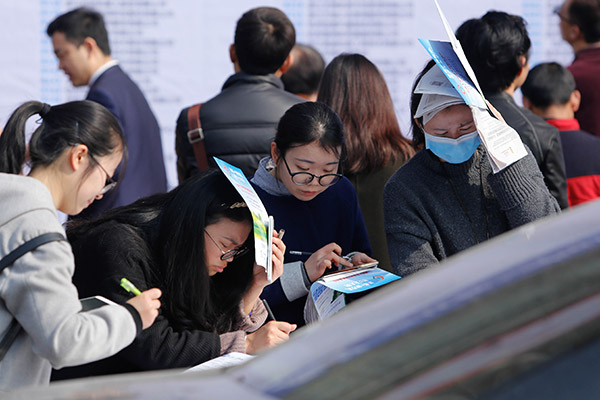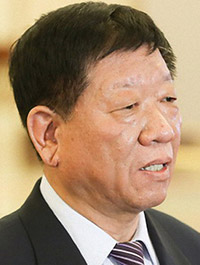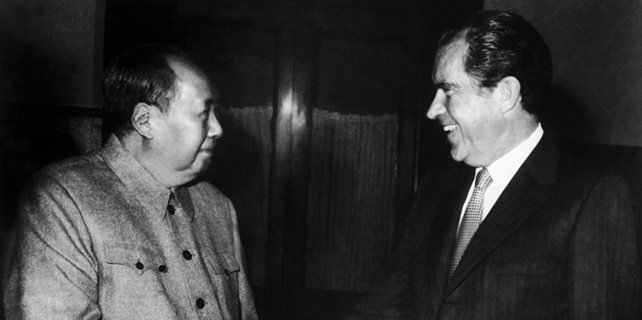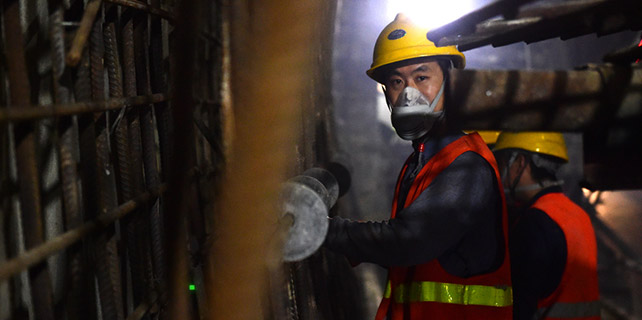Laid-off workers to get new jobs
 |
|
Job seekers check out information on companies at a career fair in Hangzhou, Zhejiang province. [Photo/China Daily] |
Those who were made redundant in capacity cuts to be supported
China needs to re-employ an additional 500,000 workers who were made redundant as a result of capacity reduction in the coal and steel industries this year.
Despite facing downward pressure on economic growth, the government plans to keep the unemployment rate in urban areas below 4.5 percent, according to a top human resources official.
In 2016, China created 13.1 million new jobs for urban residents, marking the fourth consecutive year in which more than 13 million new jobs were created. The registered unemployment rate in urban areas stood at 4.02 percent, almost 0.5 percentage points lower than the goal set for the year, Human Resources and Social Security Minister Yin Weimin told a news conference organized by the State Council Information Office on Wednesday.
 |
|
Yin Weimin, human resources and social security minister. [Photo provided to China Daily] |
Yin said 726,000 workers from 1,905 companies in the coal and steel industries who were made redundant as a result of capacity cuts have been re-employed last year. In May, the Ministry of Finance announced 100 billion yuan ($14.5 billion) in aid for coal and steel companies to resettle workers who had been made redundant, with about 30 billion yuan having been used last year. Local governments have also been asked to provide financial support and create jobs for workers made redundant as a result of capacity cuts.
"The government will give more support to the laid-off workers, especially those in their 40s and 50s, by providing them with training and helping them find job opportunities," he said.
Despite capacity reduction and downward pressure on economic growth, China has maintained the registered unemployment rate in urban areas at about 4.1 percent in recent years owing to economic restructuring and reform.
China's GDP exceeded 74 trillion yuan in 2016, with an economic growth rate of 6.7 percent, among the best in the world, Yin said.
"Between 2006 and 2010,1 percentage point of GDP growth helped create 1 million jobs. The number jumped to 1.7 million between 2010 and 2015, and further increased to 1.9 million in 2016," he added.
With economic structure optimized, more jobs are created, with the service sector likely to be more effective in creating jobs than the secondary sector. Last year, the service sector contributed 51.6 percent of China's GDP, 11.8 percent more than the secondary sector.
Yin said the government's economic reform, including tax reform and encouraging entrepreneurship, has been effective.
"Last year, an average of about 15,000 new companies were registered every day, up 3,000 year-on-year, which helped create 40 percent of the new jobs," he said.
The country also faces a challenge this year to create jobs for a historic high of almost 7.95 million university graduates, 300,000 more than last year.
Yin said the ministry will encourage graduates to work for grassroots organizations and offer tailored services for those who have difficulties in securing themselves a job.









